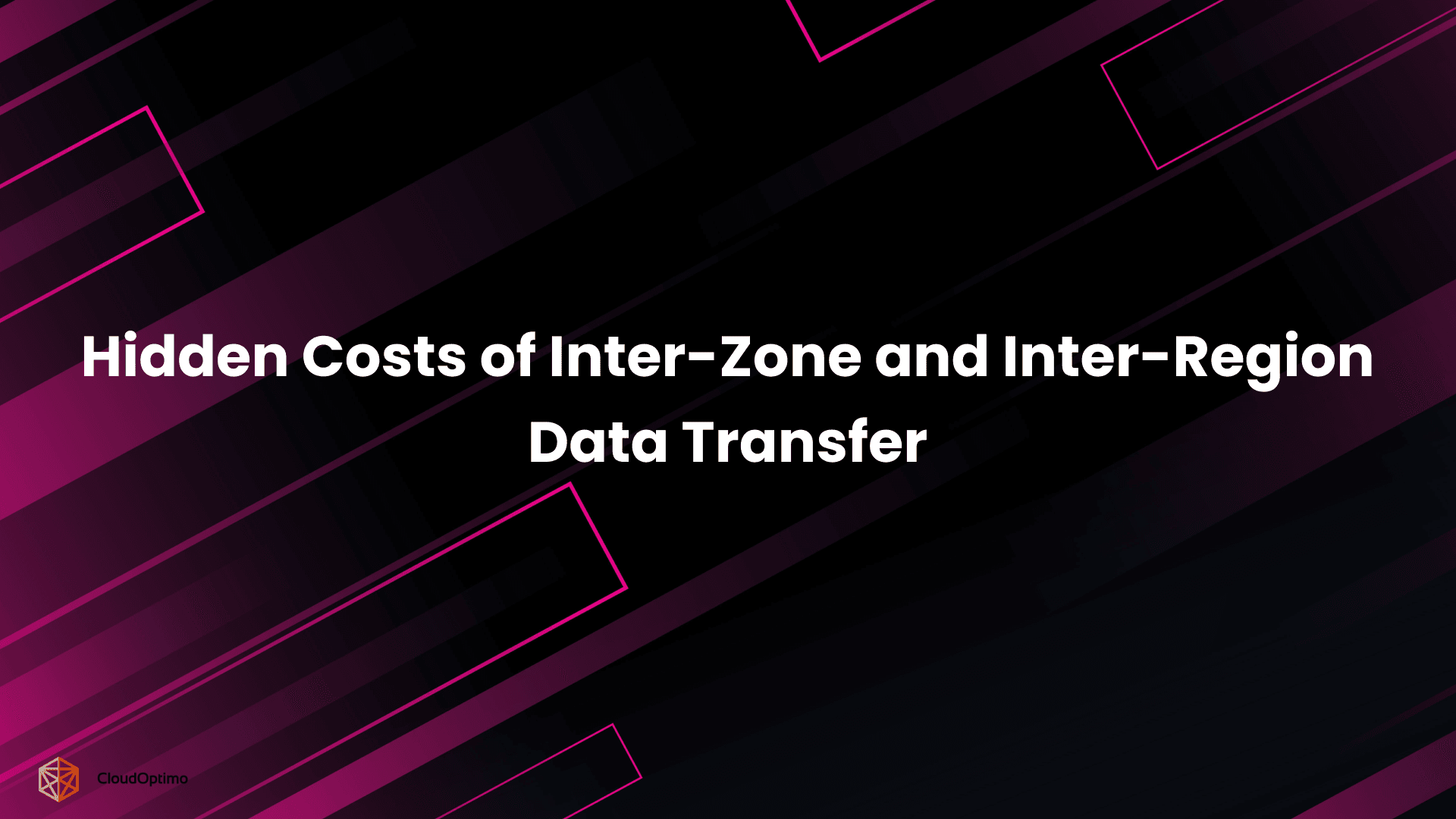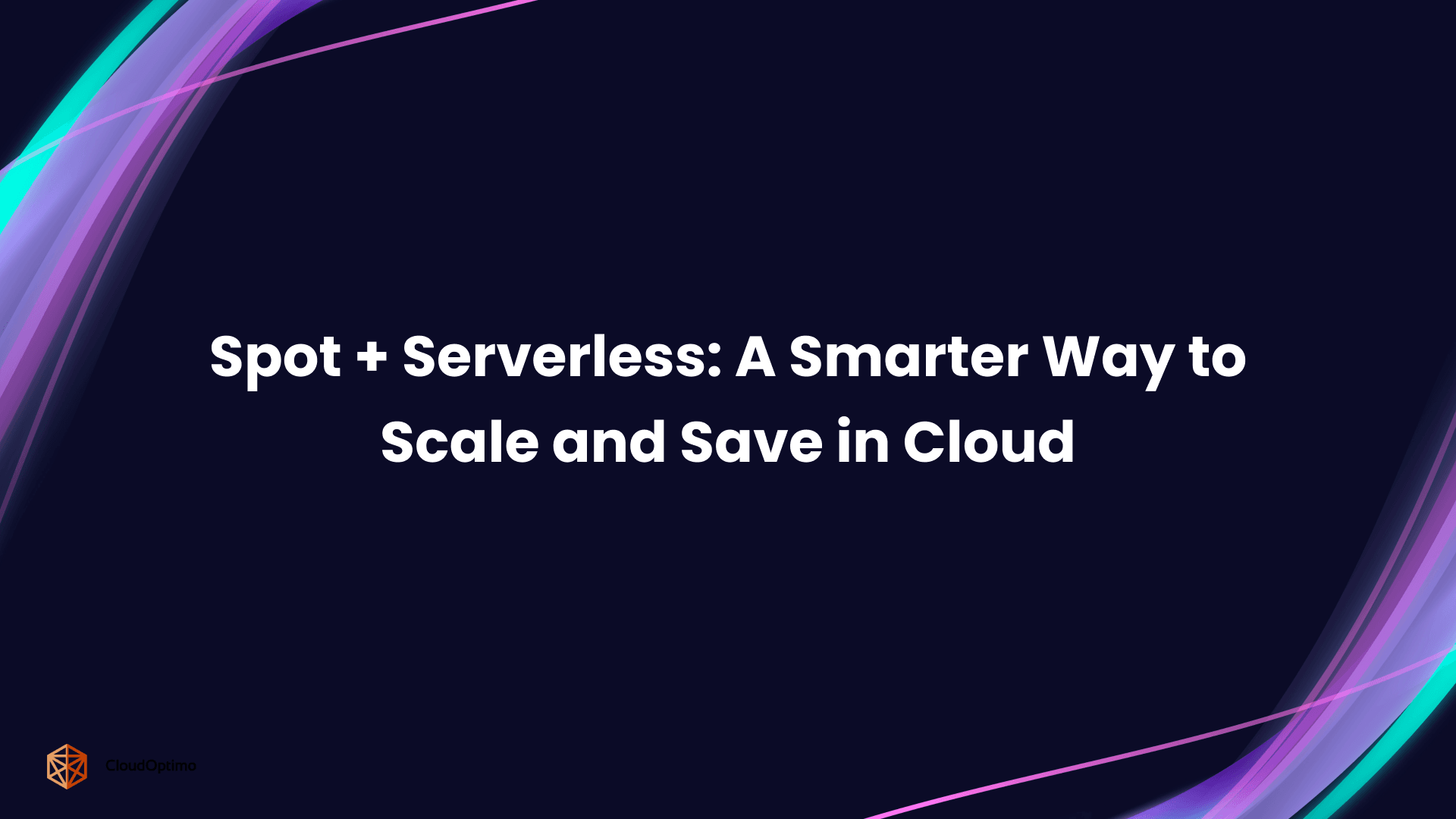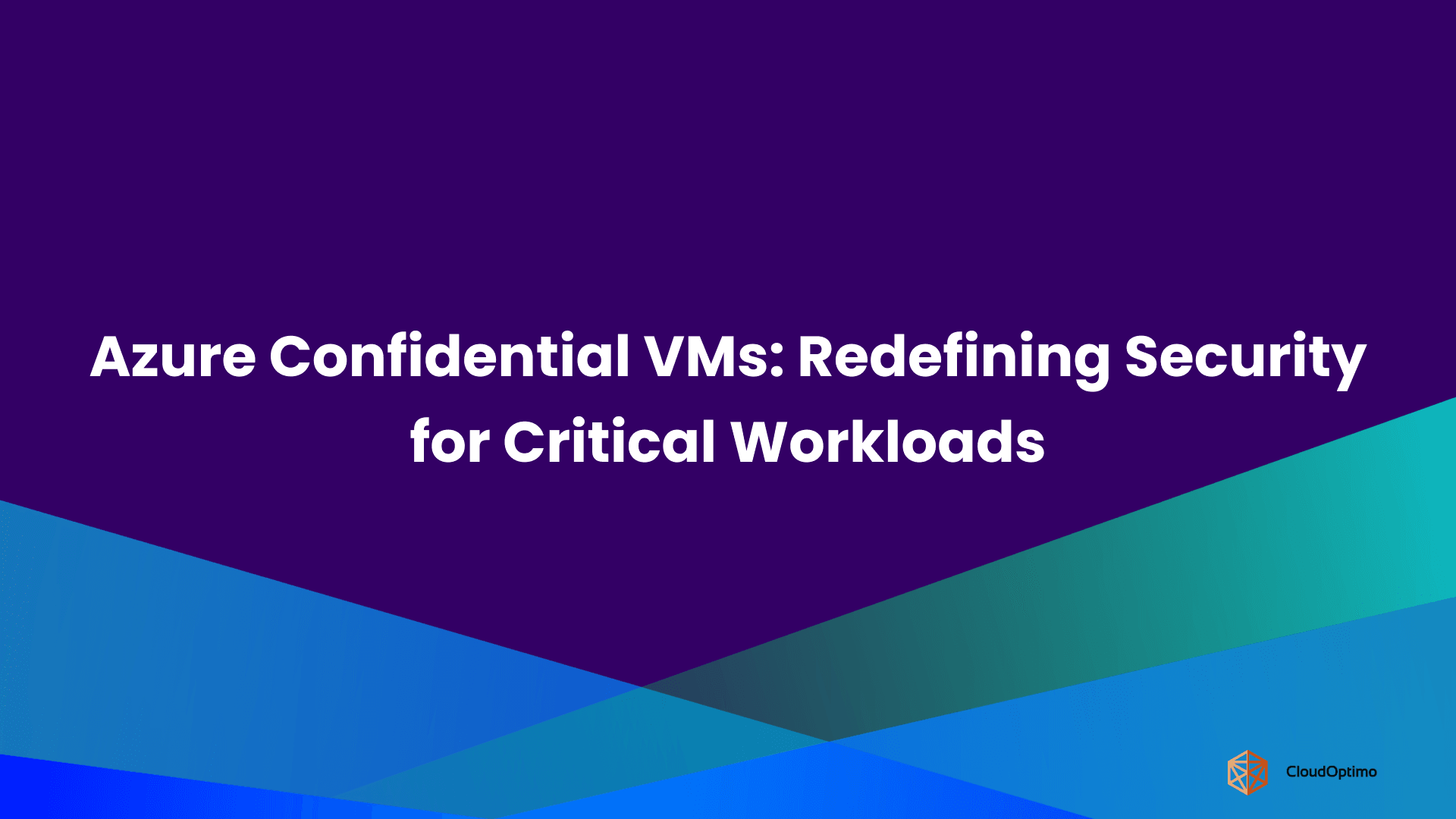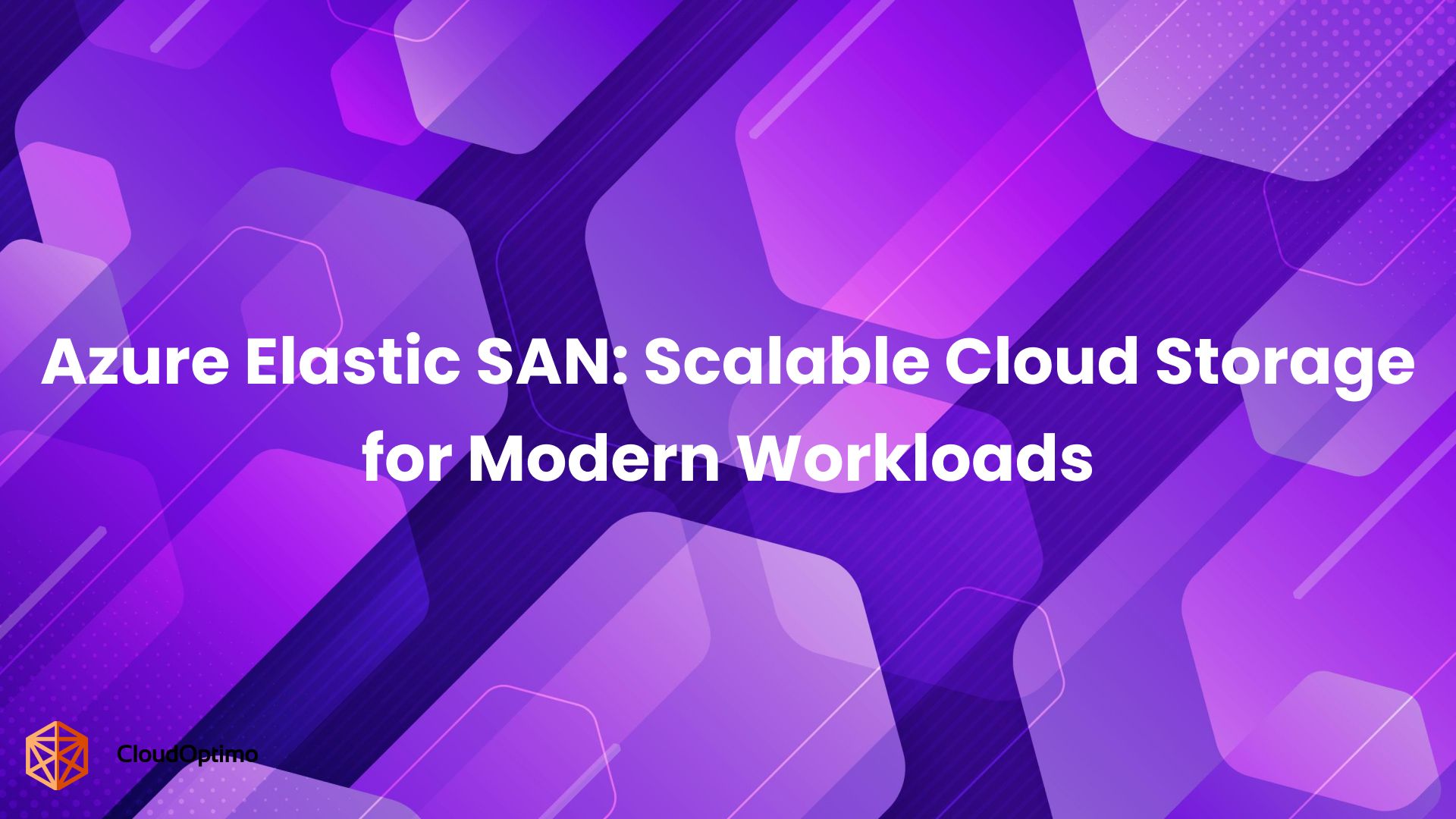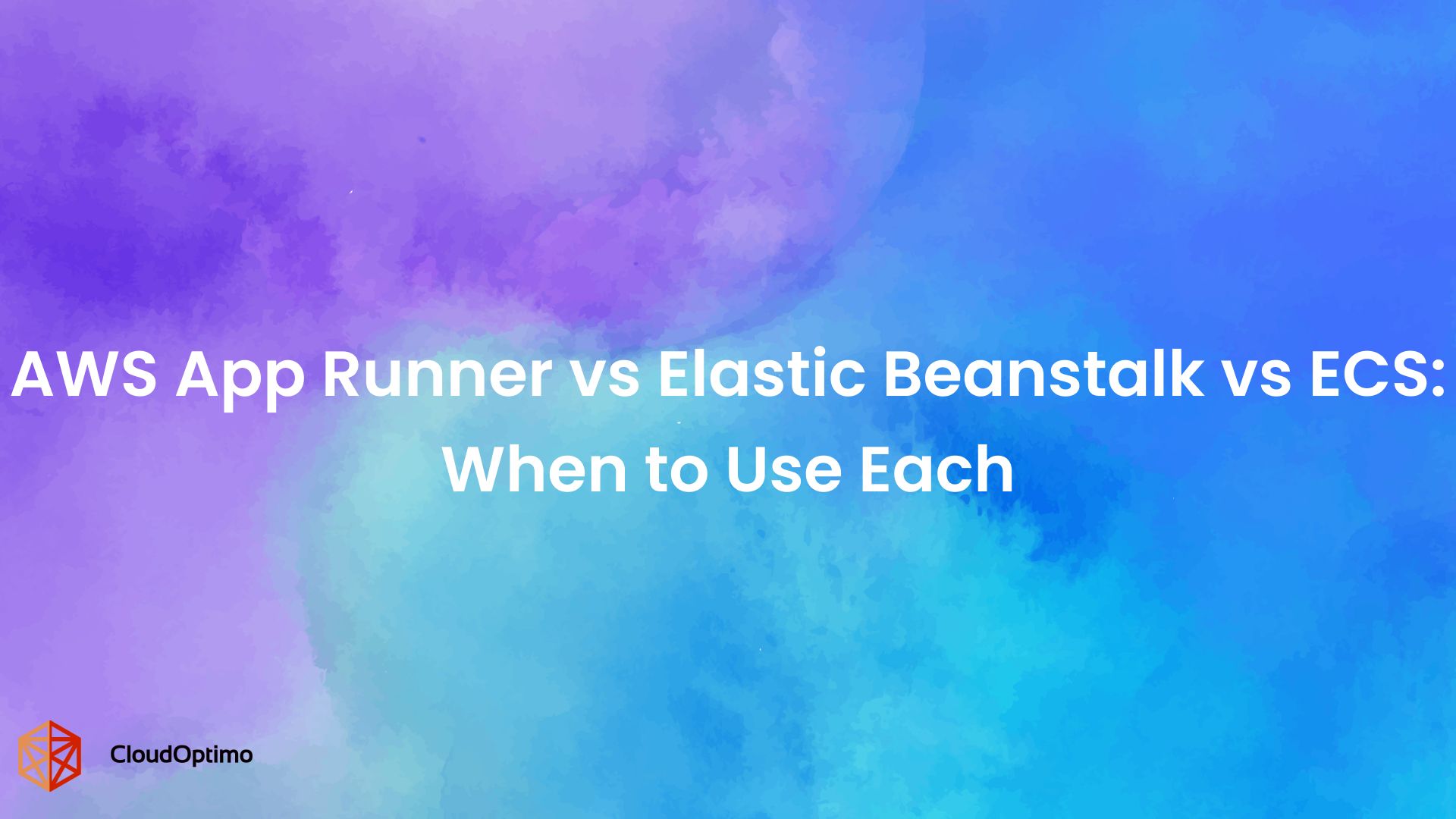Cloud infrastructure costs have grown 23% annually over the past three years - yet most organizations still can’t account for 30–40% of their cloud spend. It doesn’t show up on dashboards. It hides in over-provisioned instances, idle containers, misrouted traffic, and services running at 5% utilization, all of which are technically considered "healthy" by traditional monitoring tools.
This is the blind spot AI-powered observability tools are built to eliminate.
Unlike traditional tools that focus on surface-level metrics, AI-powered systems analyze patterns across infrastructure, application behavior, and usage in real time. They detect cost drains, performance bottlenecks, and anomalies that human analysts might take weeks to uncover - if they’re noticed at all.
No manual log digging. No guesswork. No unexplained charges at the end of the billing cycle.
In this blog, we’ll explore how AI-enhanced observability tools work, what kinds of hidden inefficiencies they uncover, and why they’re quickly becoming essential for any organization focused on cost, performance, and scale.
Beyond the Dashboard: What Traditional Tools Miss
Most monitoring and observability platforms were built to answer a narrow set of questions:
- Is the system available?
- Are errors spiking?
- Are we within defined thresholds?
These tools work well during outages or incidents, but weren’t designed to uncover unnecessary usage, inefficient behavior, or cost rise in systems that appear fully operational
Traditional observability stops here - it confirms what’s technically working, but not whether it’s working efficiently.
AI Observability Looks for What Doesn’t Belong
AI-enhanced observability takes a different approach. Instead of looking for failures, it identifies patterns that deviate from expected behavior, even if they don’t trigger alerts.
By continuously learning how services behave over time, these systems detect changes that don’t cause breakdowns but introduce waste, degrade performance, or signal early-stage issues.
These aren’t exceptions. They’re signals that something isn’t adding up — and they’re almost always missed by rule-based systems.
Examples of What AI Surfaces Instantly
- Inefficient Scaling: A service that scales out on a predictable schedule, uses only half the capacity it allocates, and scales back hours later, all while dashboards show “green.”
- Background Inefficiencies: A batch job running during high-cost peak hours every night, left unnoticed because it never fails or delays delivery.
- Slow Drifts in Performance: A database query that once ran in 40ms now takes 120ms. It still “works,” but this incremental slowdown affects every user, every day.
These aren’t outages or errors. They’re structural inefficiencies, and without AI, they’re difficult to see, much less act on.
Visibility That Enables Action
AI-enhanced observability tools don’t rely on static thresholds or predefined rules. They track behavior, usage, and context surfacing signals that suggest something is no longer operating as efficiently as it once did.
This shift moves teams from reacting to alerts toward proactive optimization. Instead of finding problems after they’ve impacted users or inflated bills, AI observability helps teams catch and fix them early, when costs are lower and impact is contained.
Leading AI-Enhanced Observability Tools
Amazon CloudWatch
Amazon CloudWatch provides comprehensive monitoring and observability across AWS resources, combining metrics, logs, and traces to help teams detect issues, understand performance patterns, and optimize costs.
What sets it apart:
- Anomaly Detection: Uses machine learning models to identify unusual behavior in metrics from EC2, RDS, Lambda, and other AWS resources without manually setting thresholds.
- Contributor Insights: Highlights which resources or components contribute most to performance issues or high costs, helping prioritize remediation.
- Integration with AWS Services: Works seamlessly with X-Ray for distributed tracing, CloudWatch Logs for log analytics, and AWS Lambda for automated remediation or alerts.
Organizations using CloudWatch Anomaly Detection and Contributor Insights can reduce the time to identify issues and optimize workloads, although actual cost savings and MTTR reductions vary depending on environment size, architecture, and usage patterns.
Ideal for organizations looking for deep AWS-native observability, automated anomaly detection, and integrated monitoring across compute, storage, and application layers.
New Relic Applied Intelligence
Best suited for teams focused on proactive performance tuning and capacity planning,
New Relic's observability suite has evolved into a full-stack intelligence platform, with Applied Intelligence (AI) driving its proactive capabilities. The focus here is less on reactive alerting and more on predictive analytics that support infrastructure planning and cost avoidance.
What sets it apart:
- 6–8 week capacity forecasting using AI modeling of performance baselines, user behavior, and seasonal workload shifts.
- Dynamic alert grouping to reduce alert fatigue by up to 95%, based on incident proximity, source, and impact correlation.
- Workload cost tracing - AI can break down costs by transaction, endpoint, or team, enabling clear attribution and FinOps reporting.
Enterprise teams have reported an average reduction in over-provisioning within the first two quarters of use, alongside a 2x improvement in incident response time due to alert streamlining.
Ideal for organizations looking to integrate observability into strategic planning cycles, including engineering capacity management and financial accountability.
Splunk Observability Cloud
Strong in infrastructure drift detection and large-scale configuration analysis, Splunk's Observability Cloud leverages machine learning to surface inefficiencies that stem not just from application behavior but from configuration drift and infrastructure policy misalignment - key blind spots in hybrid and enterprise-scale deployments.
What sets it apart:
- Infrastructure drift detection — identifies deviations in configurations that may not break environments but introduce performance or security risks.
- Real-time ML-based baselining of usage patterns, including detection of idle instances, zombie containers, or underutilized clusters.
- Predictive outage prevention — using telemetry trends to anticipate capacity constraints, with a reported 78% success rate in mitigating potential outages before user impact.
Splunk users typically realize infrastructure cost reductions within 6 months, primarily from automated cleanup of inactive or misconfigured resources and early visibility into scaling inefficiencies.
Ideal for enterprises with multi-cloud or hybrid architectures, where the interplay between infrastructure layers creates complexity that standard monitoring can’t fully interpret.
As organizations evaluate these AI-powered platforms, they discover that implementation success depends on both technical capabilities and organizational readiness.
Cost Savings That Matter
While the AI capabilities of platforms like Datadog, New Relic, and Splunk enhance visibility and accelerate troubleshooting, their real strategic value lies in the measurable cost savings they deliver across cloud and hybrid environments.
Immediate Financial Impact
Organizations that implement these platforms typically report 25–35% reductions in cloud infrastructure costs within the first 12 months. The biggest wins come from AI surfacing inefficiencies that are often overlooked—such as idle virtual machines, unused storage volumes, and inefficient autoscaling. For mid-sized enterprises, this translates to $180,000–$340,000 in annual savings recovered from waste alone.
Reserved instance (RI) optimization is another high-impact use case. AI continuously analyzes workload patterns to align RI commitments with actual usage, generating 15–20% savings on compute costs without increasing operational risk.
Hidden Performance Gains
Performance improvements are a byproduct of cost optimization. AI-driven observability frequently leads to 40–60% faster application response times by identifying performance bottlenecks across services, APIs, and backend systems. This enhances productivity, reduces support load, and improves user satisfaction.
Database tuning, powered by AI, also delivers outsized gains, most organizations see 2–4x improvements in query performance, reducing cloud database spend and improving throughput under peak loads.
Continuous Optimization, Not Just One-Time Fixes
Unlike traditional monitoring, AI-powered observability tools operate as ongoing optimization engines. They adjust to changing workloads, detect usage drift, and recommend proactive adjustments, enabling teams to maintain cost-efficient, performance-optimized environments over time. This shift from reactive cost control to intelligent, continuous tuning is what sets modern observability apart as a core component of infrastructure strategy.
Making Implementation Work
Realizing the full value of AI-enhanced observability depends not only on the technology itself but also on how it is introduced, adopted, and governed within the organization.
Role of AI Observability in Cloud Operations
AI-enhanced observability is not a replacement for application performance monitoring or logging platforms; it functions as a complementary layer that unifies telemetry across CI/CD pipelines, infrastructure, and applications. Its value lies in providing continuous feedback, identifying both availability risks and efficiency gaps across the environment.
When integrated with automation frameworks such as infrastructure-as-code, ticketing systems, or alerting platforms, insights become actionable, allowing organizations to operationalize improvements rather than confining them to dashboards.
Starting with Measurable Impact
Effective adoption begins with a targeted scope. Most organizations start by analyzing compute resources, where inefficiencies are most visible. Within the first 30 to 60 days, these pilot projects frequently identify 20 to 30 percent in potential cost reductions through rightsizing and the elimination of idle resources. A subsequent focus on storage often reveals an additional 15 to 25 percent in optimization opportunities.
This phased approach demonstrates tangible value early on while limiting operational risk, building the foundation for broader deployment.
Integrating Across Teams
AI observability platforms require little specialized training when aligned with existing workflows. Most teams adapt to using optimization recommendations within two to three weeks. The determining factor in realizing maximum value is accountability. Organizations that assign explicit ownership for acting on AI-driven insights consistently achieve up to three times greater cost savings compared to those without defined responsibility.
Strategic Pitfalls to Avoid
While the benefits of AI observability are clear, successful adoption requires awareness of common missteps:
- Over-reliance on AI insights without human validation can lead to misinterpreted context or premature action.
- False positives or alert fatigue may occur if models are not tuned to environment-specific baselines.
- Misaligned optimization efforts, such as downsizing resources that support SLA-critical workload, can unintentionally degrade performance.
Establishing a governance layer and maintaining a human-in-the-loop review process ensures recommendations are actionable and aligned with business goals.
Measuring Real Results
Effectively leveraging AI observability requires moving beyond raw metrics to focus on actionable outcomes that demonstrate real financial and operational value.
Track Cost Per Output, Not Just Total Spend
Organizations achieve the most meaningful results by tracking cost per workload or transaction, rather than overall cloud spending. For example:
- A mid-sized e-commerce company optimized idle compute instances during off-peak periods using AI observability. This adjustment reduced cost per transaction by 38%, saving $210,000 annually while maintaining peak throughput.
- A SaaS provider analyzed database clusters and autoscaling policies, implementing AI recommendations that reduce reserved instance costs by 15–20%, yielding $175,000 in savings within six months.
- Monthly reports can capture the number of AI recommendations applied, actual dollars saved, and performance improvements, providing a clear, actionable picture of ROI.
By focusing on per-workload efficiency and documenting real savings, organizations can quantify financial impact, validate AI insights, and prioritize areas for further optimization.
Use Performance Gains to Drive Business Outcomes
User-facing performance improvements provide actual evidence of AI observability value. Examples include:
- A financial services firm applied AI-based tuning to database queries and service orchestration, reducing page load times by 30% and improving user engagement. This optimization also decreased customer support tickets by 18%, translating into $95,000 in annual operational savings.
- A healthcare provider used AI to detect early warning signals of infrastructure bottlenecks. Proactive interventions resulted in a 42% reduction in unplanned downtime, preventing costly disruptions and avoiding an estimated $120,000 in lost productivity and service impact.
- Across multiple enterprises, continuous AI-driven monitoring and adjustments led to average application response time improvements of 25–40% and 35–50% reductions in system outages, demonstrating measurable operational efficiency gains.
By combining quantifiable performance improvements with financial metrics, organizations can clearly demonstrate ROI, validate AI-driven recommendations, and create an ongoing optimization loop that drives both efficiency and reliability.
Your Optimization Strategy
AI-enhanced observability tools deliver measurable results when implemented strategically rather than comprehensively. Organizations that focus on high-impact areas first - typically compute optimization, storage rightsizing, and performance bottleneck elimination - see faster returns and build momentum for broader implementation.
Begin with tools that integrate seamlessly with your existing infrastructure and offer transparent financial metrics. The investment in AI-enhanced observability typically pays for itself within 3–6 months through identified savings, while providing ongoing optimization capabilities that compound value over time.
For organizations under pressure to control cloud spend while maintaining performance standards, AI-powered observability delivers a high-confidence, fast-return solution. For regulated environments, ensure that your selected platform provides appropriate data governance, encryption standards, and compliance certifications, such as GDPR, HIPAA, or SOC 2, before deployment. Begin with targeted deployments, link AI-driven insights to workload-level metrics, and build a culture of continuous optimization that evolves beyond basic monitoring.

